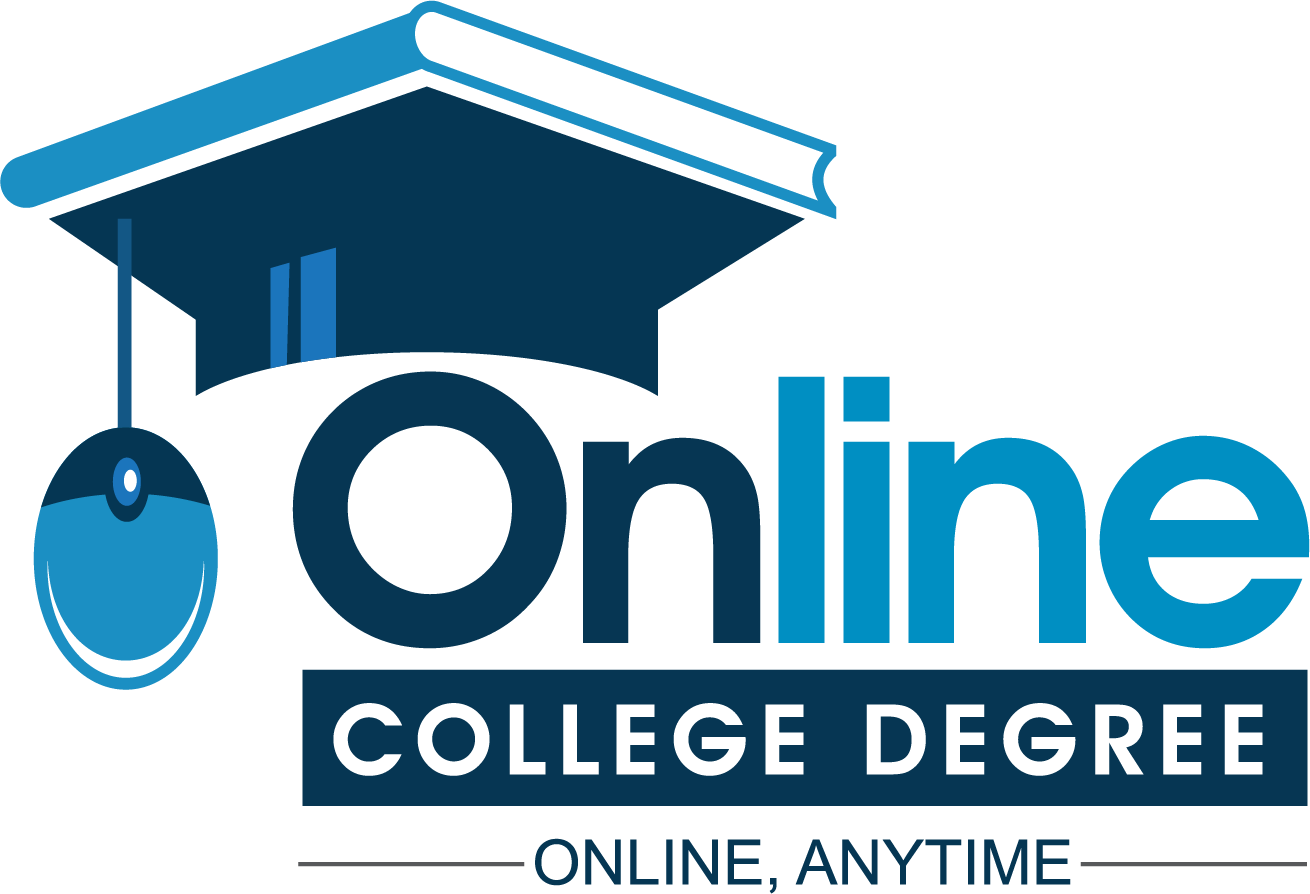The challenges facing universities include changing student demographics and high enrollment rates.COVID-19 has reduced existing university barriers such as the low enrollment rate. Futurists argue that integrating technology and education can improve learning outcomes. According to experts, online courses can become an integral part of universities.
The demands for transformation, reform, and disruption of higher education are not new. Admission scandals, rising tuition fees, accessibility issues, student homelessness, and the digital divide in education are just a few of the issues that have attracted attention in recent years.
In recent months, the severity of these problems has put even more pressure on students due to the closure of the campus and the shift to online education caused by the COVID 19 epidemic. How universities work and our approaches teaching and learning are evolving rapidly.
How could what is happening now change higher education in the long run? Some forecasts predict the permanent closure of universities and an increase in inequality. But there are also expectations and early signs of positive change.
The three biggest challenges of higher education today
Higher education institutions face a long list of challenges for their success, such as B. Changes in student enrollment and demographics. In addition, people continue to question the value of a university degree.
Decreasing inscription
Concerns about college enrollment existed long before the pandemic. Experts estimate that the number of new students will decrease by 15% after 2025.
The birth rate in the United States fell after the economic slowdown in 2008, leading to an expected 15% drop in college enrollment after 2025. This “enrollment gap” varies by location and school, with the largest expected impact on regional institutions in four years.
However, lower enrollment numbers may occur earlier than expected as students weigh their options for the fall period. Due to the coronavirus, more and more students are considering taking a year off or moving to a community college.
Demographic change
According to the Bill & Melinda Gates Foundation, “students today come from a wide range of fields and also have different needs.” Data shows that 40% of students are at least 25 years old, 62% are employed and 28% have children.
Other demographic changes and the needs of students may become apparent. Therefore, the facilities designed for traditional young students on campus must be suitable for older students, commuters, and part-time students.
Students who decide to return to campus this fall are concerned about changes related to the coronavirus epidemic, such as B. Continuation of online courses. The survey shows that a third of students would move to another school if their school only offered online courses.
ROI issues
Even before the COVID 19 pandemic, people were increasingly concerned about the value of a university degree. Tuition fees have been increasing steadily for years, as have student debts.
The students and their parents continue.
Ask if it is worth paying for college. Students and parents continue to question whether it is worth paying for college. Changes in the university experience, rising unemployment, and economic uncertainty resulting from COVID-19 make this question more difficult.
The Georgetown University Education and Workforce Center emphasizes the financial benefits of a university degree. Students who plan to delay college enrollment or reduce the number of classes they attend this fall may affect this long-term outcome. Several studies show that this type of decision negatively affects university graduation rates.
Using the changes and potential of higher education
In 2019, several keynote speakers at online education conferences focused on forecasting the future and the potential of technology to change the way we learn and work.
